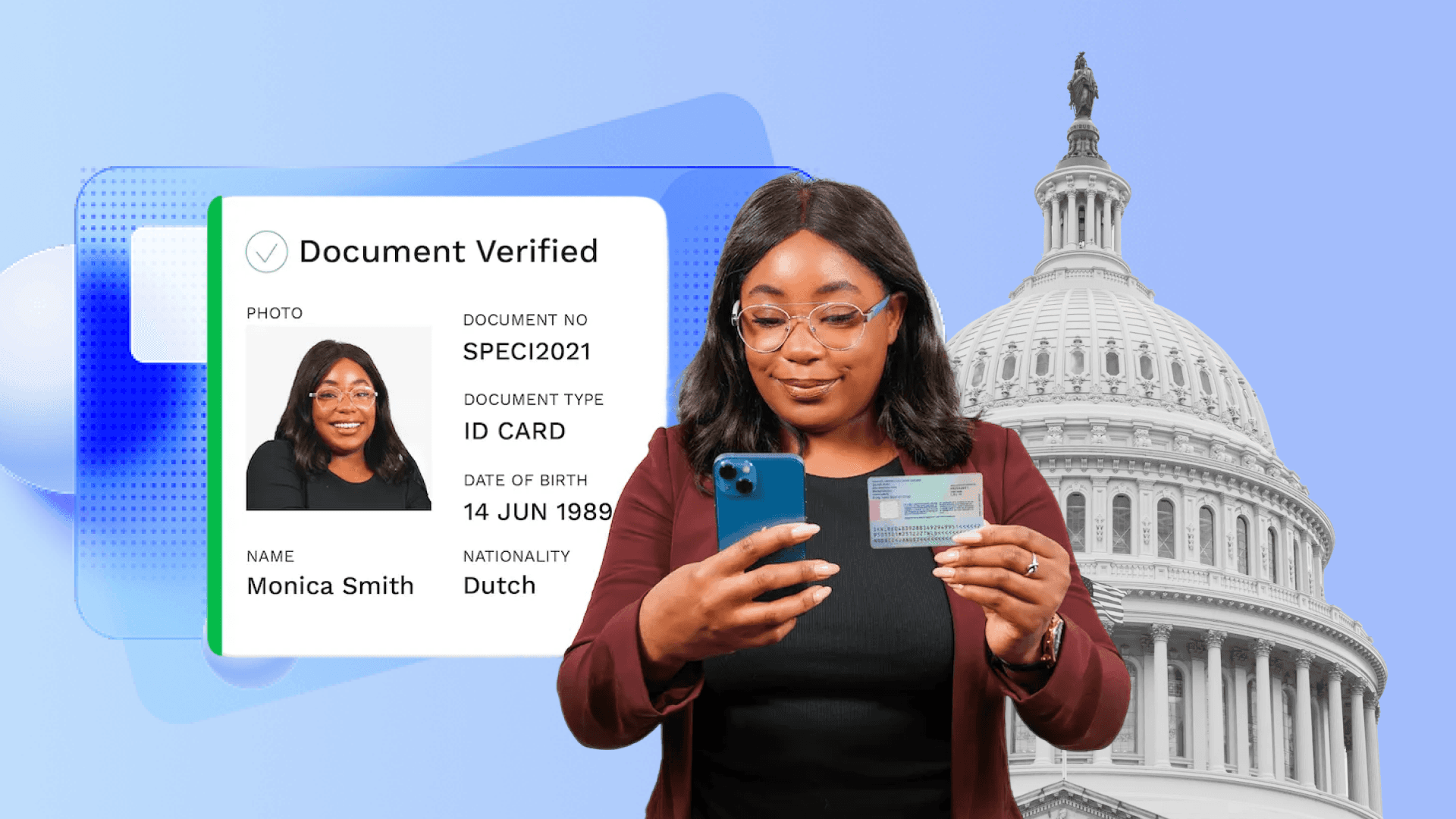Table of Contents
From Idea to Launch: A Complete Guide to Mobile App Development Timelines
Author

Date

Book a call
You have a great idea for a food delivery app. But you might be asking: How long will it take to build?
In 2024, mobile apps are everywhere. They are key in business and global interaction. With app revenue expected to surpass $935 billion, having a good app is vital. But how do you turn your idea into a working, user-friendly app?
This blog will walk you through mobile app development, using a food delivery app as an example. By the end, you will know how long each stage takes and what it takes to make your app successful.
The Mobile App Development Timeline: An Overview
Developing a food delivery app that competes with industry leaders like DoorDash and Uber Eats requires a clear understanding of the timeline involved. The duration depends on factors such as the app’s complexity, required features like real-time order tracking or multiple payment options, and the size of the development team.
Typically, building a mobile app takes 6 to 12 months, with variations influenced by these factors. For example, incorporating advanced features like AI-powered recommendations or integrating third-party logistics can extend timelines, while simpler MVPs might launch in under six months.
Here is a quick look at the key stages of app development and their average durations:
| Stage | Timeframe |
| Planning and Research | 1 month |
| Design and Prototyping | 1–2 months |
| Development | 3-6 months |
| Testing and Quality Assurance | 1-2 months |
| Launch and Post-Launch | 1 month |
Each stage plays a critical role in shaping a seamless, user-friendly app. The timeline may vary, but understanding the process ensures you can make informed decisions and align expectations for a successful launch.
Planning and Research
Time Required: ~1 month
It is important to know exactly what you are building and why before you start. This is the research and groundwork stage that sets you on the path to success. In the planning phase, you figure out whether the app idea is worth investing time and effort into and if the app aligns with company goals.
Example:
The research stage for a food delivery app involves analyzing competitors. These include DoorDash, Uber Eats, and any others you find. The goal is to understand what customers like and dislike and to determine what features are essential for your app. They include real-time order tracking, multiple payment gateways, and push notifications to update customers on their delivery. Also, you need to define your target audience. Is it busy professionals, families, or college students?
Why It Matters:
Planning helps avoid costly delays and scope creep later on. It is critical to start with clear objectives, such as:
- What problem does the app solve?
- Who will use it?
- What features are necessary for the Minimum Viable Product (MVP)?
With a well-defined plan, you are not just guessing—you are setting a clear path forward.
Design and Prototyping
Time Required: ~1–2 months
Now that there is a plan, it is time to make the vision tangible. In this stage, the app takes shape in the form of wireframes and prototypes. This is where the design starts to come to life, ensuring it matches the user experience that is desired.
Example:
For a food delivery app, this stage might involve creating wireframes for the ordering process, designing a user-friendly menu interface, and mapping out the delivery tracking feature. The goal is to ensure the app is intuitive—users should be able to browse restaurants, add items to their cart, and track deliveries effortlessly.
Why It Matters:
Well-thought-out designs are key to user retention. Poor UX can frustrate users and lead to high abandonment rates. Interactive prototypes allow testing of user journeys and refinement of functionality before committing to full-scale development. This is the chance to ensure the app flows smoothly and meets user expectations.
Development
Time Required: ~3–6 months
This is where the real work happens. The development phase is where the designs come to life and the app becomes functional. Developers will build out both the frontend what users see and backend what powers the app behind the scenes. If the app is complex with many features, this stage could take longer.
Example:
The food delivery app's backend would handle all orders, logistics, and payments. It would ensure everything runs smoothly when a user places an order. The frontend will focus on the customer’s side—how they browse restaurants, select food, track their orders in real-time, and pay.
Why It Matters:
The development timeline can vary significantly depending on the app’s complexity. A simple app might be ready in about 3 months, but if advanced features like machine learning for personalized recommendations or integrating third-party delivery services are added, the timeline could extend to 6 months or more. Time spent on development is an investment in creating an app that works seamlessly and is scalable.
Testing and Quality Assurance
Time Required: ~1–2 months
Once the app is developed, it is time to ensure everything works as it should. Testing ensures a smooth user experience without bugs or glitches. The goal here is to identify any issues early on so they don’t disrupt the app after launch.
Example:
For a food delivery app, testing will cover a variety of scenarios. It will involve testing the functionality—can users place orders and track deliveries? Performance testing will ensure the app can handle heavy traffic, such as during peak meal times. User Acceptance Testing (UAT) involves gathering feedback from real users to ensure everything meets their expectations.
Why It Matters:
Testing is essential to catch bugs and improve the app’s quality before launch. Even the smallest glitch can frustrate users and harm the app’s reputation. Thorough testing reduces the risk of issues post-launch, ensuring the app delivers a positive experience from day one.
Launch and Post-Launch
Time Required: ~1 month (initial phase)
Launching the app is an exciting milestone, but it is just the beginning. Getting the app onto the Google Play Store or Apple App Store is a detailed process, and once it’s live, the real work begins—maintaining and improving the app based on user feedback.
Example:
For the food delivery app, the launch will likely start with a Minimum Viable Product (MVP) that includes essential features like placing orders, making payments, and tracking deliveries. After launch, it is important to monitor performance, gather feedback, and make regular updates to keep users happy and engaged.
Why It Matters:
The launch phase sets the stage for success. Actively monitoring how users interact with the app and fixing any bugs or issues that arise is crucial. Post-launch updates and improvements are key to building long-term success and ensuring the app evolves to meet user needs.
Challenges in mobile app development
Challenge 1: Scope Creep
What is it?
Scope creep occurs when a project's scope expands beyond the plan. It usually happens due to changes in features or requirements not in the original vision. This can cause delays, increased costs, and even frustration among stakeholders.
How to Overcome It?
The key to handling scope creep is clear communication from the beginning.
- Define a Clear Project Scope: From day one, make sure you have a well-defined roadmap for what the app will and won’t include. This includes specific features, design elements, and functionality.
- Prioritize Features: Focus on the features that align with the primary goals of the app, especially for the MVP (Minimum Viable Product). Ask yourself: “Which features are absolutely necessary for the first version?”
- Stay Flexible, But Stay Focused: As new ideas or suggestions arise, evaluate whether they align with the original objectives and if they can be added in future versions rather than disrupting the current development phase.
By sticking to a clear scope and prioritizing key features, you prevent the project from spiraling out of control and ensure the app is developed on time and within budget.
Challenge 2: Resource Constraints
What is it?
Resource constraints happen when there is not enough time, manpower, or expertise to complete the project as planned. This often leads to delays and can even impact the quality of the app.
How to Overcome It?
- Allocate Tasks Efficiently: Break down the project into smaller, manageable tasks and assign them based on the strengths and expertise of your team. Use project management tools to track progress and ensure everyone is on the same page.
- Outsource Where Necessary: If your team lacks expertise in certain areas (like advanced backend development, AI integration, or UI/UX design), don’t hesitate to outsource those tasks to specialists. This allows you to focus on the core strengths of your team while ensuring high-quality work in every area of the app.
- Manage Time and Budgets Wisely: Be realistic about deadlines and resources. If you’re working on a tight budget, prioritize the essential features for launch and consider adding more later.
Efficient use of resources ensures that the project doesn’t get stalled and that each phase of development is completed on time. It also prevents burnout within your team and keeps costs in check.
Challenge 3: Unclear Requirements
What is it?
Unclear requirements can arise when stakeholders are not aligned on the goals, functionality, or features of the app. This can lead to misunderstandings, delays, and revisions that could have been avoided with clearer communication upfront.
How to Overcome It?
- Invest in Detailed Documentation: During the planning stage, make sure to document every detail about the app’s features, functionality, user flow, and technical requirements. This should include a detailed specification document that outlines exactly what the app will do.
- Get Stakeholder Buy-In: Ensure that everyone involved in the project—whether it’s designers, developers, or business leaders—fully understands the app’s purpose and requirements. Regular meetings and reviews can help keep everyone aligned.
- Iterative Refinement: As the project progresses, keep the documentation updated and allow for feedback. It’s important to remain flexible, but not at the expense of clarity.
Having clear, detailed requirements upfront reduces the risk of miscommunication and ensures that the development process runs smoothly. It also gives you a better idea of the time and resources needed for the project.
GeekyAnts' Approach to App Development
At GeekyAnts, we have a streamlined process. It prioritizes efficiency and quality at every stage of app development.
- Business Analysis and Estimation: Here, we define the app's scope, outline its core features, and set realistic delivery timelines.
- Ideation and Planning: We ensure the app's goals align with your business objectives. This creates a clear roadmap for success.
- Wireframes and Design: Our team makes user-friendly, intuitive interfaces to improve the user experience.
- Functional Development and Testing: We use an iterative process. It has rigorous unit tests and peer reviews. This ensures the app works as intended.
- Deployment and Maintenance: We manage the launch to ensure it goes smoothly. We also provide ongoing support and updates to keep the app at its best.
Our agile method fosters transparency and adaptability. It helps businesses build high-quality apps that thrive in today's competitive market.
Conclusion
timelines vary based on app complexity, a typical development journey spans 6 to 12 months. By collaborating with an experienced team and following a structured process, you can turn your app idea into a successful reality.
Ready to Build Your App?
At GeekyAnts, we specialize in creating innovative mobile apps tailored to your unique needs. Let’s bring your vision to life. Book a consultation today!
Dive deep into our research and insights. In our articles and blogs, we explore topics on design, how it relates to development, and impact of various trends to businesses.





